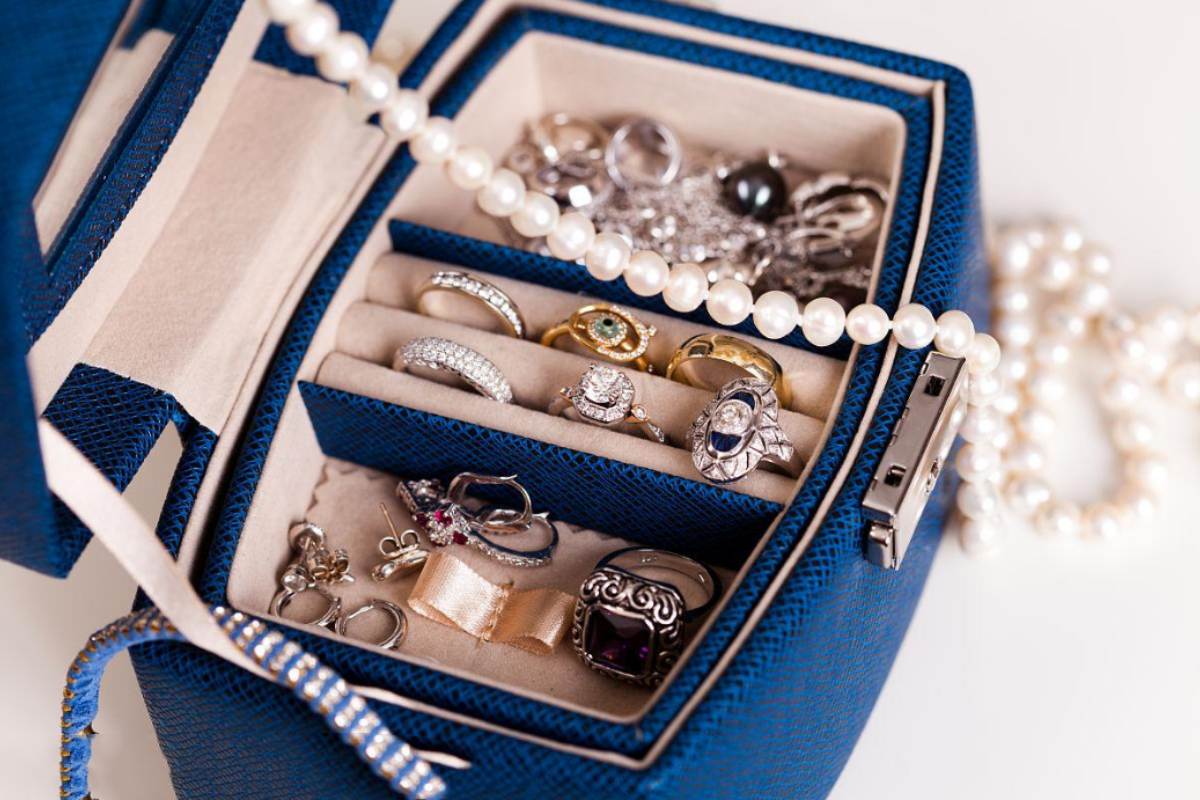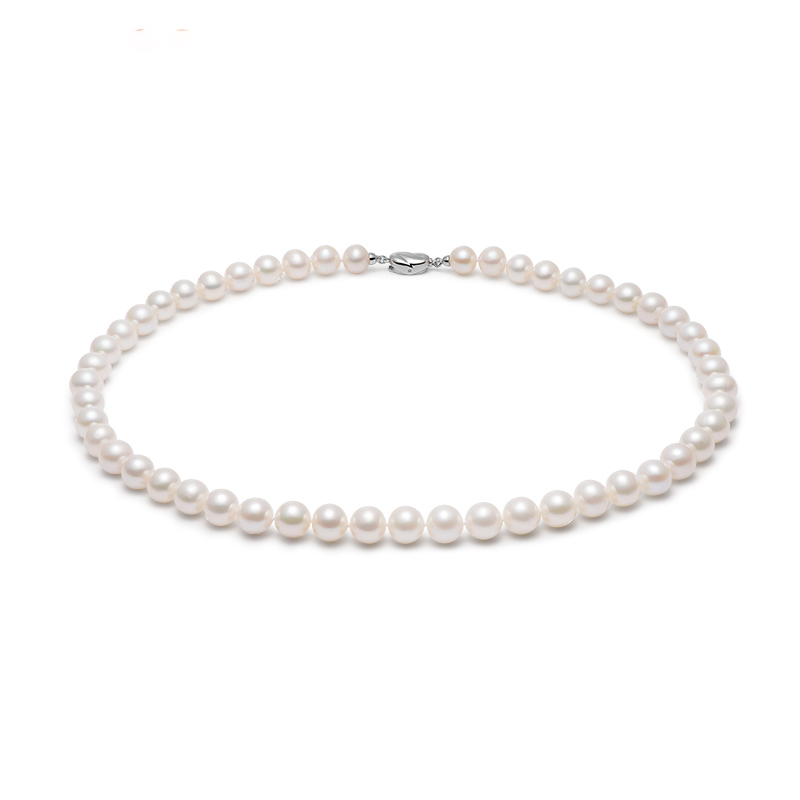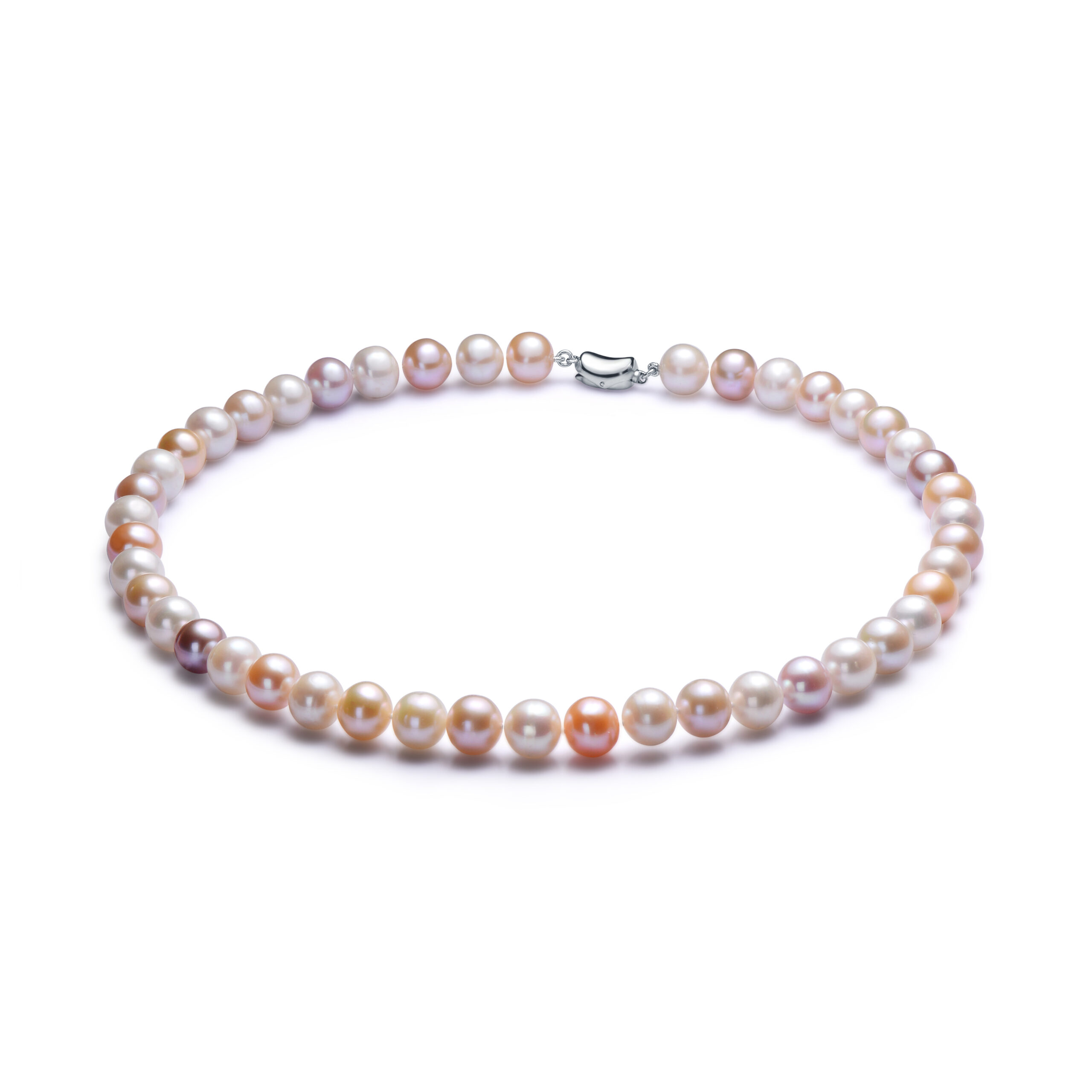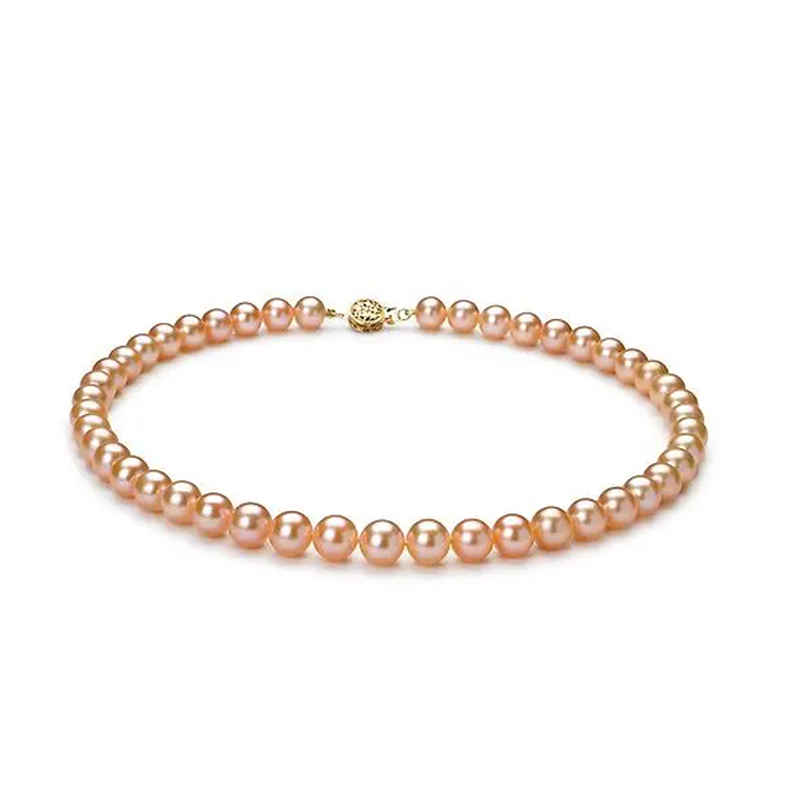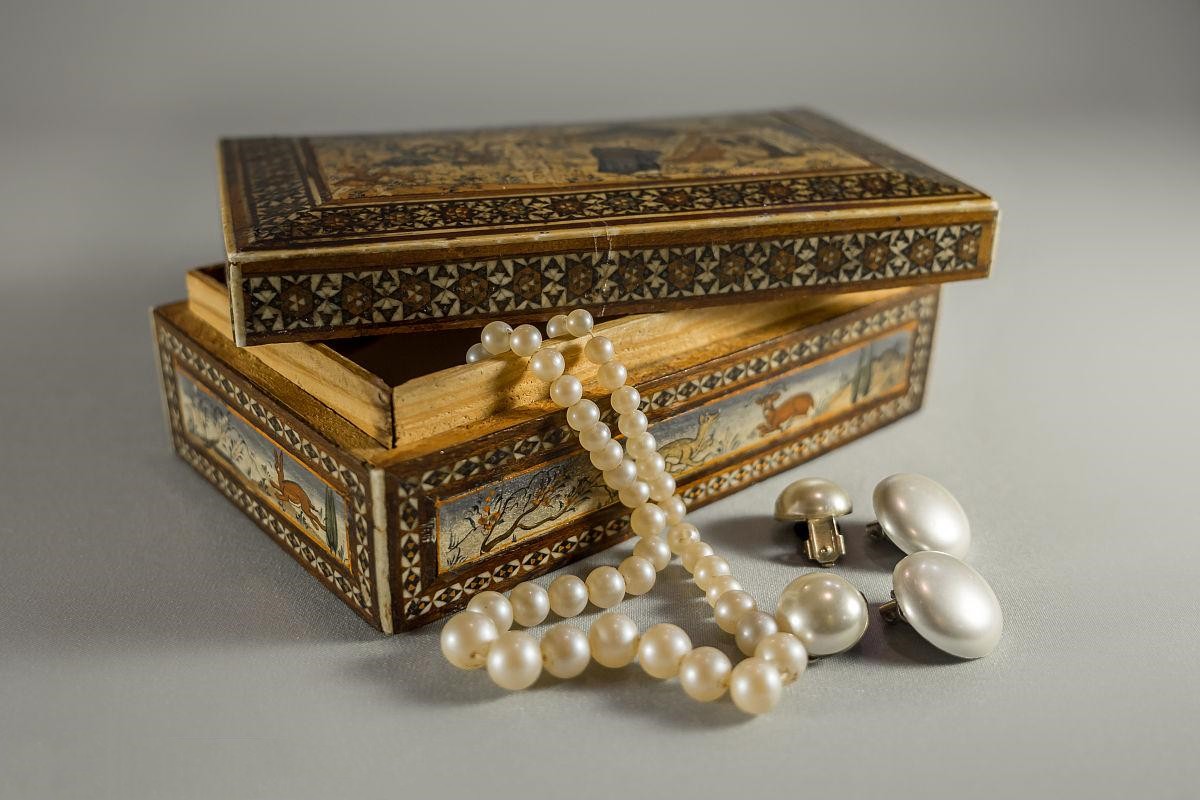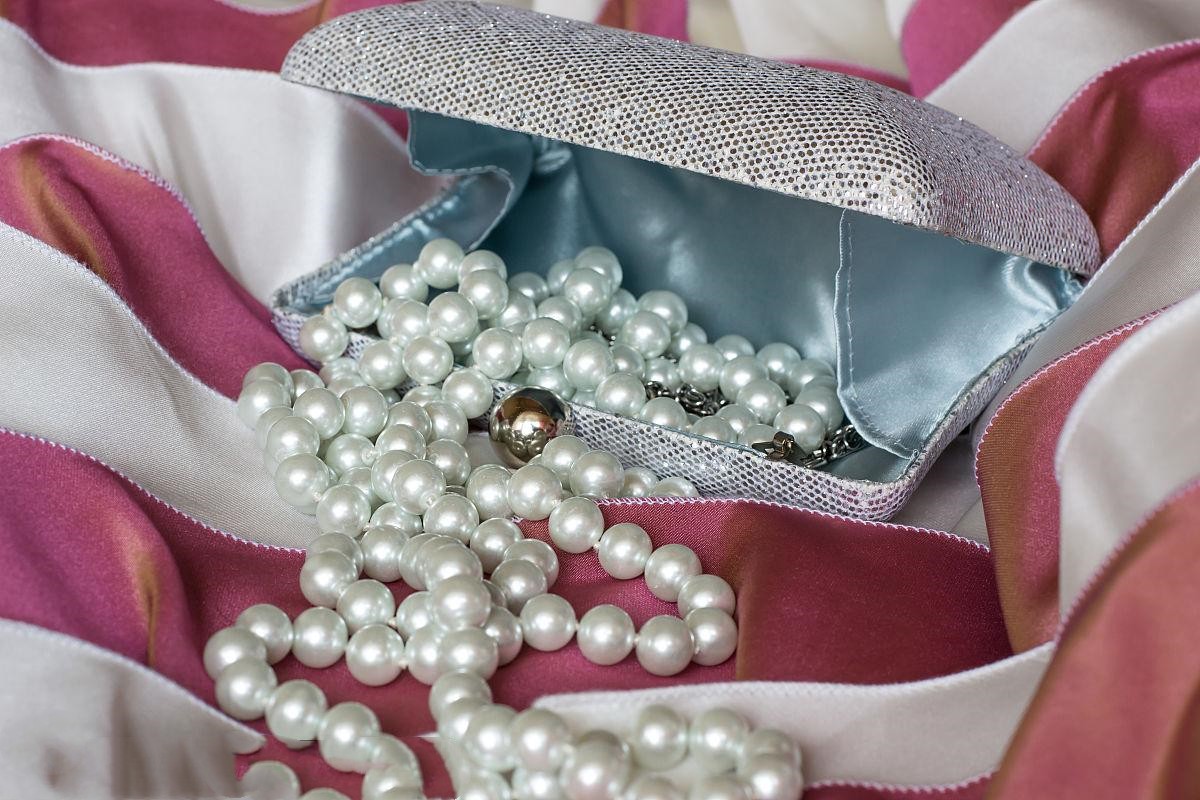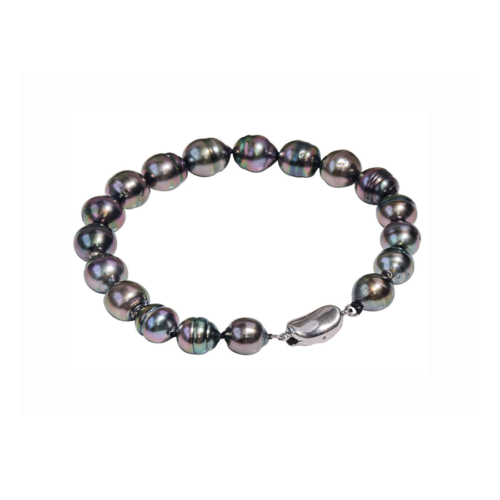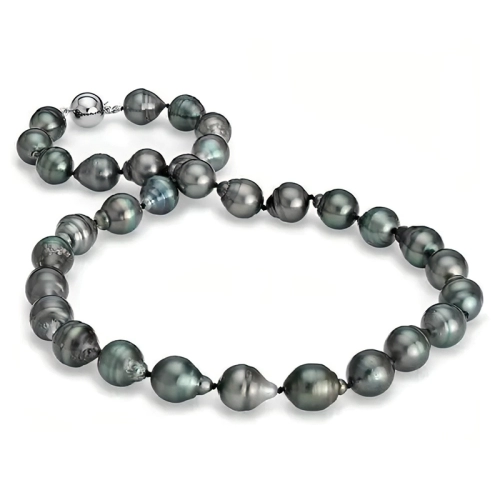I believe no woman doesn’t like pearls. As a professional website selling pearls, we know that if you don’t understand pearls, it is too easy to get into trouble when buying pearls.
Too many people have sent me private messages asking me how to choose pearls, so I just compiled for you the general knowledge about all types of pearls as well as the common questions about selection, wearing, and maintenance. This article is enough for you to get started with pearls. I will teach you how to choose pearls step by step.
- The formation of pearls
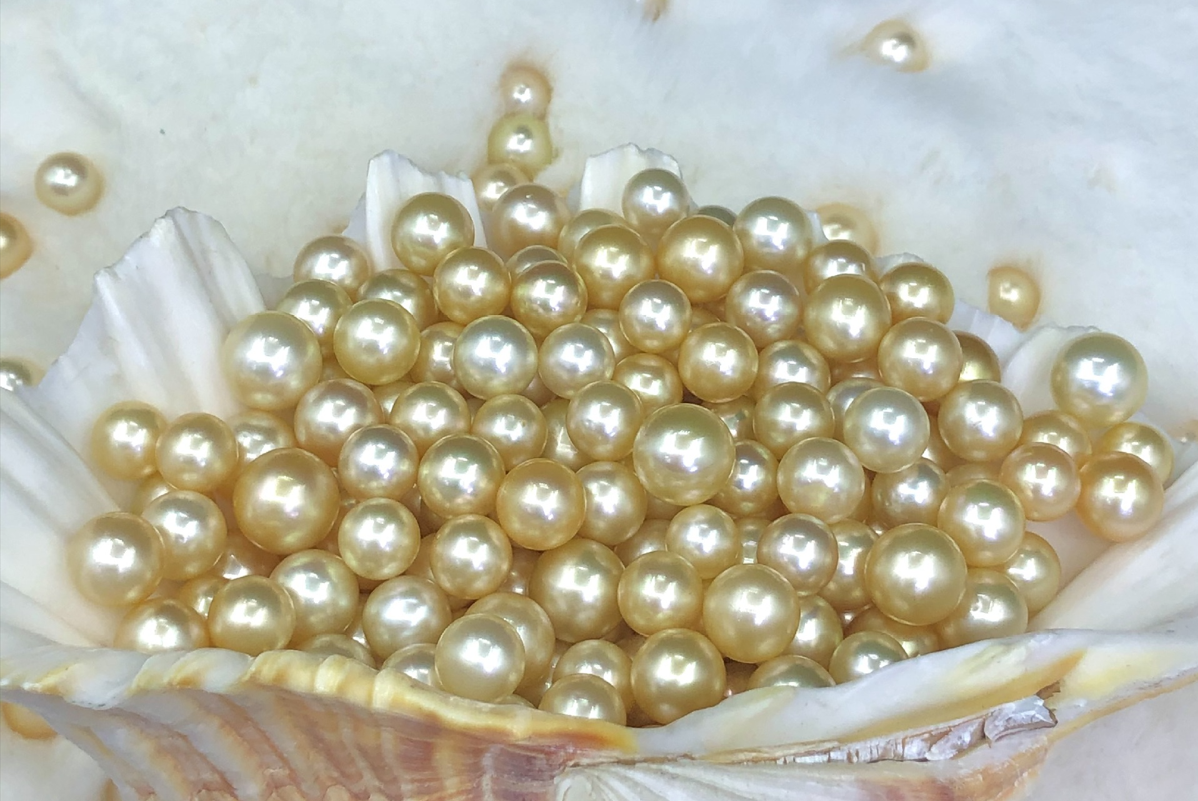
Pearls are not formed when sand enters the shell, as many people believe. Rather, pearl sacs are formed due to invasion or disease by living creatures, and the epithelial tissue continuously secretes nacre, eventually forming pearls.
Natural pearls are produced in the Persian Gulf and the coast of Panama. Natural pearls are almost impossible to buy in the market today.
Cultured pearls, on the other hand, use artificial intervention. Through “core insertion surgery” on the mother oyster, the mantle of the seed oyster is taken, cut into small pieces of more than 7*7mm, and transplanted into the body of the mother oyster to produce pearls.
The mantle is the key to the formation of pearls. It determines the natural color of pearls and affects the quality of pearls.
- The color of pearls
The color of pearls is mainly composed of body color, secondary color, and pearlescent luster.
The body color refers to the main color of the pearl, and the secondary color refers to one or more secondary colors that appear on the surface of the pearl. Pearlescence refers to the variable rainbow-like iridescence that shines on the surface of pearls when viewed from different angles.
The price of some varieties of pearls is greatly affected by color, such as Tahiti. The peacock-colored Tahiti is very popular in the market because of its rich color, and the price is more than 10 times higher than ordinary black pearls.
3. Classification of Pearls
- Pearls can be divided into natural pearls and cultured pearls according to their formation reasons. 99.99% of pearls on the market are cultured pearls. Trying to find natural pearls is like a chicken-eating soybeans!
- According to the growth environment, pearls can be divided into: seawater pearls and freshwater pearls. Seawater pearls are divided into 4 categories: AKOYA, Australian White, South Sea Gold pearls, and Tahiti. Freshwater pearls are further divided into freshwater-nucleated and freshwater-nucleated. Below I will discuss the origin, breeding situation, size, color, luster, and bead layer thickness. , these aspects of grading standards, Let me introduce them to you one by one.
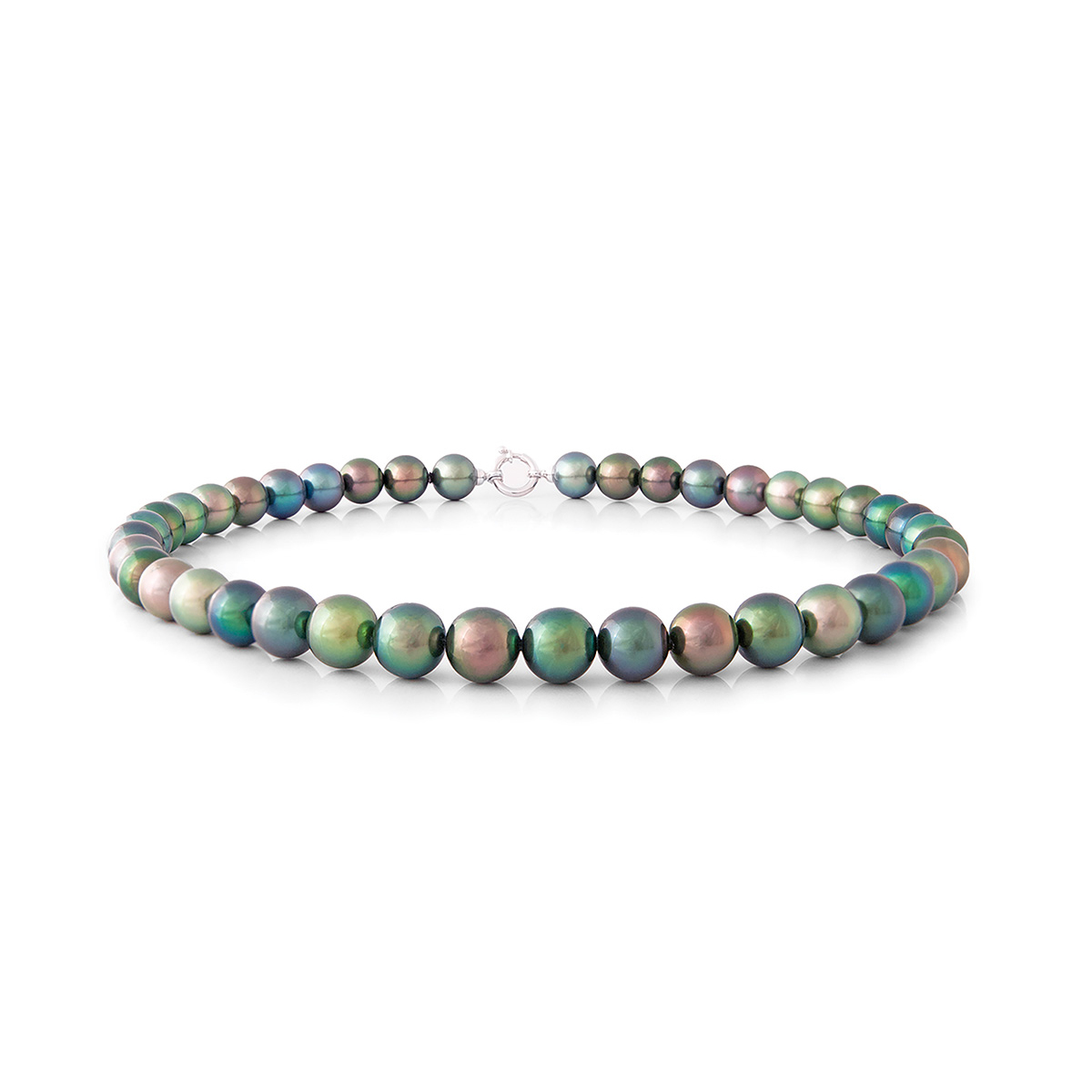
Akoya
Akoya originated in Japan
in Japan occurs twice a year: core insertion in June and pearl removal in December of the following year. The core is inserted in April and the beads are removed in February of the following year. The mother of Akoya pearls, Pinctada martensi, is petite. Therefore, its diameter is also relatively small, usually 2.5 mm-8 mm, and generally not more than 10mm. The high-quality Akoya that exceeds 10mm on the market is so expensive that it makes people cry.
Akoya has three classic body colors: white, cream, and gray. The gray akoya is what everyone calls Zhen Duo Ma. It is worth mentioning that Akoya does not come in pink. Pink Akoya has been toned, that is, dyed.
Akoya is known as a small light bulb. Not to mention its luster, it is bright!
Let’s talk about Akoya’s cortex. Compared with other varieties of pearls, Akoya’s bead layer is the thinnest. The market considers 0.3-0.6mm to be the standard thickness. The threshold for true scientific research is 0.4mm, which is called the standard thickness. Pearls with too thin skin will be destroyed and will not enter the market.
It is difficult for ordinary people to identify the thickness of the cortex. Here is a method for you. If it is a bare bead with holes, you can use a magnifying glass to observe the holes to estimate the thickness of the cortex. But if it is a finished product that is not punched or inlaid, you cannot observe it like this. , the best way is to send it to a professional appraisal agency for X-ray testing, and the machine will automatically give the data results.
who have a certain knowledge of Akoya must know that Akoya with good quality is called “flower beads”, and Akoya with better quality is called “Goddess”. So how to tell whether a pearl is a “flower pearl” or a “goddess”?
First of all, both “flower beads” and ” goddess” must meet the following conditions: 1. Perfect circle. 2. Diameter >6mm, strong gloss. Surface cleanliness should be above VG, that is, surface defects should not exceed 10%. Bead layer thickness>4mm.
The criteria for judging “flower beads” are white body color, with pink + green accompanying colors. The accompanying colors of Tiannu are richer than those of flower beads. The common accompanying colors are pink + green + blue. That is to say, if you look at the main body of this bead It is white, but as you turn it you can see pink, blue, and green, that is the goddess.
Let’s talk about how dumb it is.
Zhenduoma is a gray-colored pearl. Its cause is due to lesions. You can understand that because the mother is sick, the child turns gray.
Of course, there are also natural, non-toned pearls on the market, which are more expensive.
To judge the quality of Shindama, you can refer to the standard of “flower beads”. High-quality Shindama with a size of less than 6mm is called Caiyun Pearl.
So why are high-quality Akoya pearls so expensive?
Let me do the math for you all. In Japan, approximately 5 million Pinctada martensi oysters are transplanted every year, basically one bead per oyster. Any mother oyster that has been enucleated may experience bead spitting. If the transplantation is good, the core spitting rate is 40%; if the transplantation is not good, the core spitting rate is as high as 70%.
Let’s take a more moderate figure: 50%. Then there are only 2.4 to 2.7 million clams quietly raising beads in the sea.
In the end, it can reach the level of the goddess, accounting for only 5% of the total number of finished beads. Excluding the death of the mother oysters during breeding, the finished beads are all round and the thickness of the cortex is up to standard. Calculated based on a necklace with 40 beads, it is only enough to make more than 3,000 pieces. Is it not expensive?
South Sea white
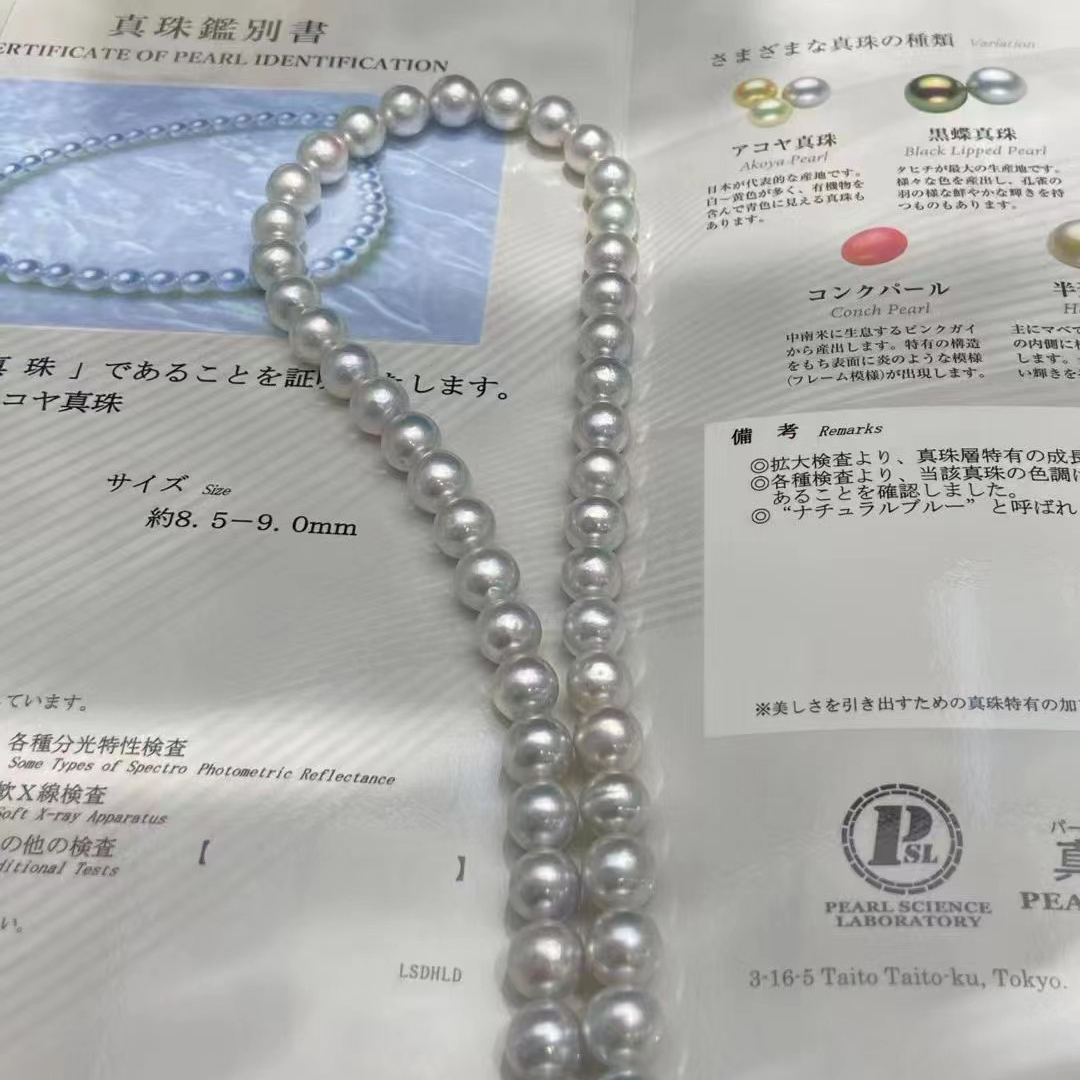
South Sea white pearls belong to South Sea white pearls. The three major producing areas of South Sea white pearls are the northwest waters of Australia, Indonesia, and the Philippines. Among them, the white pearls produced in Australia have the best quality and are called the queen of pearls.
Aobai’s mother is the silver-lipped pearl oyster, also called the white butterfly oyster. It is the largest pearl oyster in the world, generally 25-28cm and weighing 3-4 kg. The growth cycle of the white butterfly oyster is the longest, generally taking 2-3 years, and it has very high requirements for seawater quality. One Pinctada oyster can only produce one pearl.
of South Sea white is relatively large, generally 8mm-18mm. Since the breeding cycle of Australian white is relatively long, the bead layer is also thicker, and the limit of bead layer thickness is 8mm.
The body color of South Sea white is white silk luster, with accompanying colors of cyan, blue, and pink. The more popular ones in the market are silvery blue /silver gray. If the quality is the same, the price of silvery blue /silver gray will be slightly higher than that of ordinary Australian white.
The top South Sea white is called “Venus”. In the auction market, the transaction price of top-grade South Sea white pearls is also astonishingly high. The unique luster of South Sea white is dazzling, and you can wear it to any important occasion. If you only buy one kind of pearl in your life, it must be South Sea white pearl.
South Sea Golden Pearl
The main producing areas of South Sea gold pearls are the Philippines, Myanmar, and Indonesia. The rich golden South Sea gold beads produced in Myanmar are the best.
true scientific research on South Sea gold beads is called tea gold. As the name suggests, the golden color is deep and rich, which is called tea gold. In the domestic market, the color grades of gold beads are generally called: rich gold, dark gold, medium gold, and light gold /champagne gold. Tea gold is equivalent to the color intensity of rich gold and above.
The mother of the South Sea golden pearl is the golden-lipped pearl oyster. Other reference standards are similar to Australian White. I won’t go into details here. But from the perspective of glossiness, South Sea gold beads will be slightly inferior to Akoya, but it can only be said that the temperament is different and each has its beauty. Nanyang Golden Pearl is very aura . If you want to bring out the aura of wealth, choose it.
Tahiti
The origin of the name “Tahiti Black Pearl” is that it is produced on the island of Tahiti in the Polynesian Islands, where 95% of the world’s black pearls are produced. The transliteration of the place name is called Tahitian Black Pearl. About 4% of Tahitian black pearls are produced on Penryn Island and Majuhiki Island in the Cook Islands.
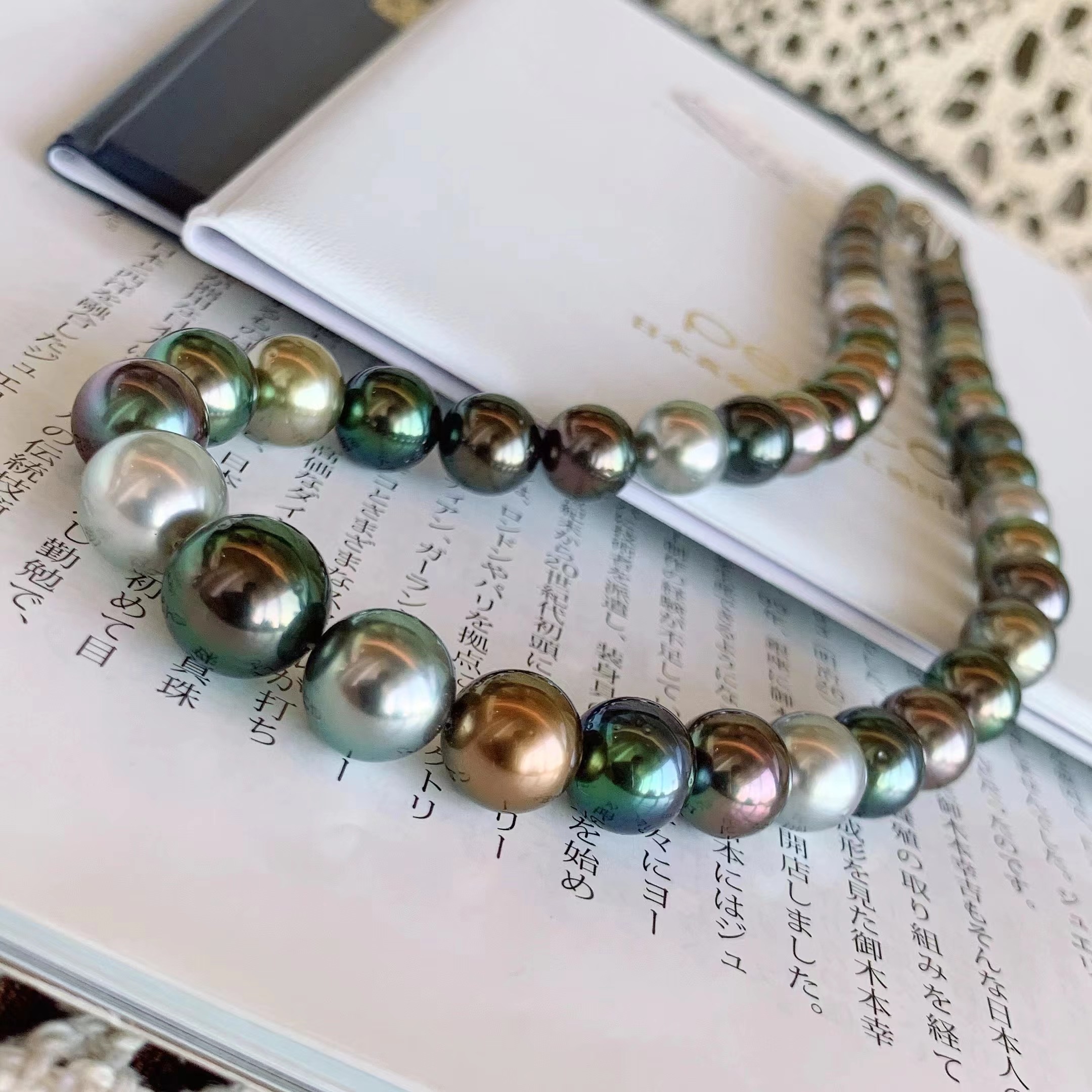
The mother of Tahitian black pearls, the black-lipped pinctada, is also called the black butterfly oyster. The shell color is mainly black, which is why the pearls produced are black. The diameter of Tahiti is relatively large, generally 8mm-15mm. The limit of bead layer thickness is 8mm. If it is less than 8mm, it is considered thin, and if it is greater than 8mm, it is considered thick.
The three classic body colors of Tahiti are: black, gray, and brown. According to different body colors, it is divided into peacock-colored Tahiti, cherry-red Tahiti, pistachio-colored Tahiti, brown Tahiti, and chocolate-colored Tahiti. Among them, the peacock-colored Tahitian pearls are very rich in color and are very popular in the market. They are also the most expensive. Good quality pearls are more than 10 times more expensive than ordinary black pearls.
Freshwater Pearls
Freshwater pearls are mostly produced in Zhuji, Zhejiang, Poyang, Jiangxi, Taihu, Jiangsu, Fujian, Guangdong, Hunan, Hubei, Anhui, and other places.
Freshwater pearls are divided into freshwater-nucleated pearls and freshwater-nucleated pearls. The diameter span of freshwater pearls is relatively large, ranging from 2mm to 15mm. Colors are: white, purple, pink, orange. Among them, purple, pink, and orange are the unique colors of freshwater pearls.
can yield 2 to 30 pearls from one clam. It is a pearl produced by transplanting small rolls of mantle onto the shells on both sides of the mother oyster. Its characteristics are that it is numerous and not round.
Freshwater nucleated pearls, like seawater cultured pearls, need to implant the bead nucleus and mantle piece into the closing muscle of the mother oyster, usually one bead per oyster.
Compared with seawater beads, most freshwater beads are slightly less lustrous and much cheaper.
Edison

Edison pearls are the highest quality freshwater nucleated cultured pearls. High-quality Edison is comparable to Australian White, but the price is much lower than Australian White.
Edison Pearl’s mother is the spinnaker clam. The spinnaker clam is relatively large, and 2 to 30 pearls can be implanted at one time during seedless culture. Therefore, it also provides a sufficient growth environment for Edison pearls during seed culture. Edison is the same as seawater beads, the diameter of which is larger and can reach more than 15mm.
Because the spinnaker mussel secretes nacre faster, the thickness of the Edison nacre produced is also thicker. Moreover, Edison has more colors than seawater beads. In addition to white, there are also pink, orange, and purple. Among them, those with rich accompanying colors and metallic luster are called “freshwater weird colors”. Purples with high color saturation are called “weird freshwater colors.” Demonic purple”.
Meilezhu
Meile beads are also called “dragon beads” or “flame beads”. Merlot pearls are natural pearls produced in Southeast Asia. They have no nacre structure and are relatively large. Those over 100 carats are common.
Merlot beads exude a porcelain-like luster. The best color is golden with a hint of red, similar to the color of ripe papaya. The internal lines are like golden flames and flowing magma, which are extremely magnificent.
Melezhu’s mother is the coconut snail, which is a single-shell mollusk mainly found in Myanmar, Thailand, Vietnam, and other Southeast Asian and Indo-Pacific waters. Melo beads cannot be cultivated artificially. Over the years, many experts have tried to cultivate Melo beads, but they have failed.
Since Melo beads cannot be cultivated artificially and the natural yield rate is extremely low, there are currently only about 200 Melo beads in the world, which makes its market value extremely high, but there is no market for it.
In June 2003, at the Baohan Auction in Hong Kong, a 100.4-carat Merlot pearl was sold for US$2.7 million, with an average transaction price of US$26,892 per carat, setting a world record for the price of a single pearl. At the 2007 autumn auction at Christie’s Hong Kong, a 91.29-carat Merlot pearl sold for US$125,000.
Kong Kezhu
Like Meile beads, Kongke beads are also natural conch beads, and Kongke beads are also called “big phoenix conch beads”.
konker beads are generally a symmetrical oval, although there are also some baroque konker beads. The volume is generally 1-2 carats, 3-4.5 carats are relatively small, and those exceeding 5 carats are almost non-existent.
The common colors of Kong Ke beads are: white, pink, and brown. Among them, pink is the most beautiful, tender girly pink. Its unique flame patterns are visible under the ceramic-like smooth surface. Some are slender, some are rough, some are soft, and some are unrestrained. You can’t help but marvel at the uncanny workmanship of nature.
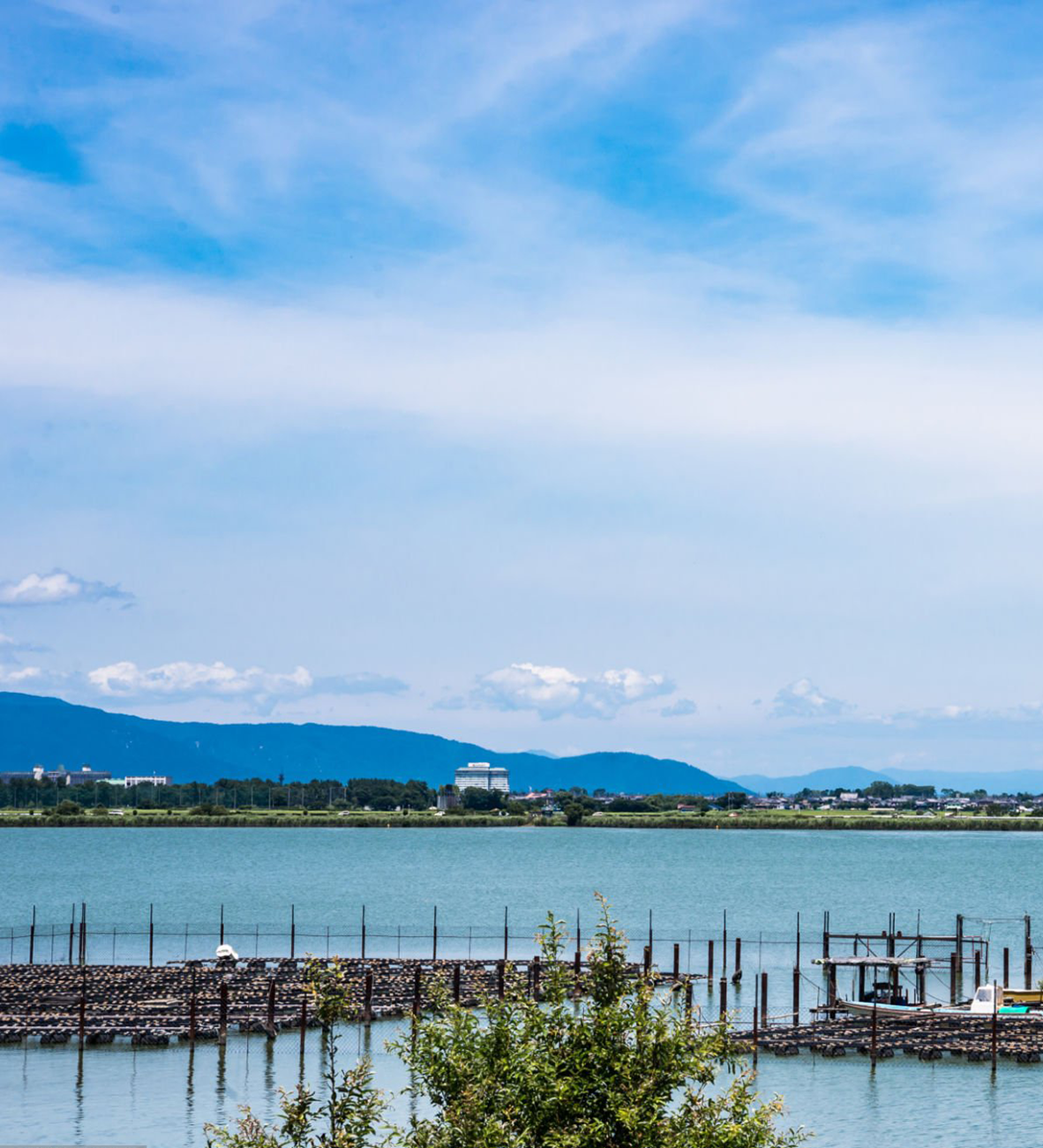
Kong Kezhu ‘s mother, the Big Phoenix Snail, also called the Queen Phoenix Snail, usually lives on the beaches of Florida, the U.S., the Udantan Peninsula in Mexico, the Bahamas, and the Argenti Peninsula in the Caribbean. The volume is relatively large. The glossy surface near the shell mouth is pink and very beautiful.
Kong Ke beads are also rare and precious in the jewelry market. It cannot be cultivated artificially, and the natural production is very small. Only one usable Kongke bead can be obtained for every 50,000 Phoenix snails. Of the 2,000-3,000 Kong Ke beads discovered yearly, only 20% to 30% can be used for jewelry processing, meaning that the annual output is only about 600. Furthermore, the number of giant snails has decreased sharply due to people’s intensive fishing. For various reasons, the price of Kongke beads has remained high.
In short, Kong Kezhu is so beautiful, it is really beautiful, and it is really expensive!
Okay, I’ve almost finished introducing the types of pearls. In addition, I also helped you sort out some of the issues that everyone is most concerned about.
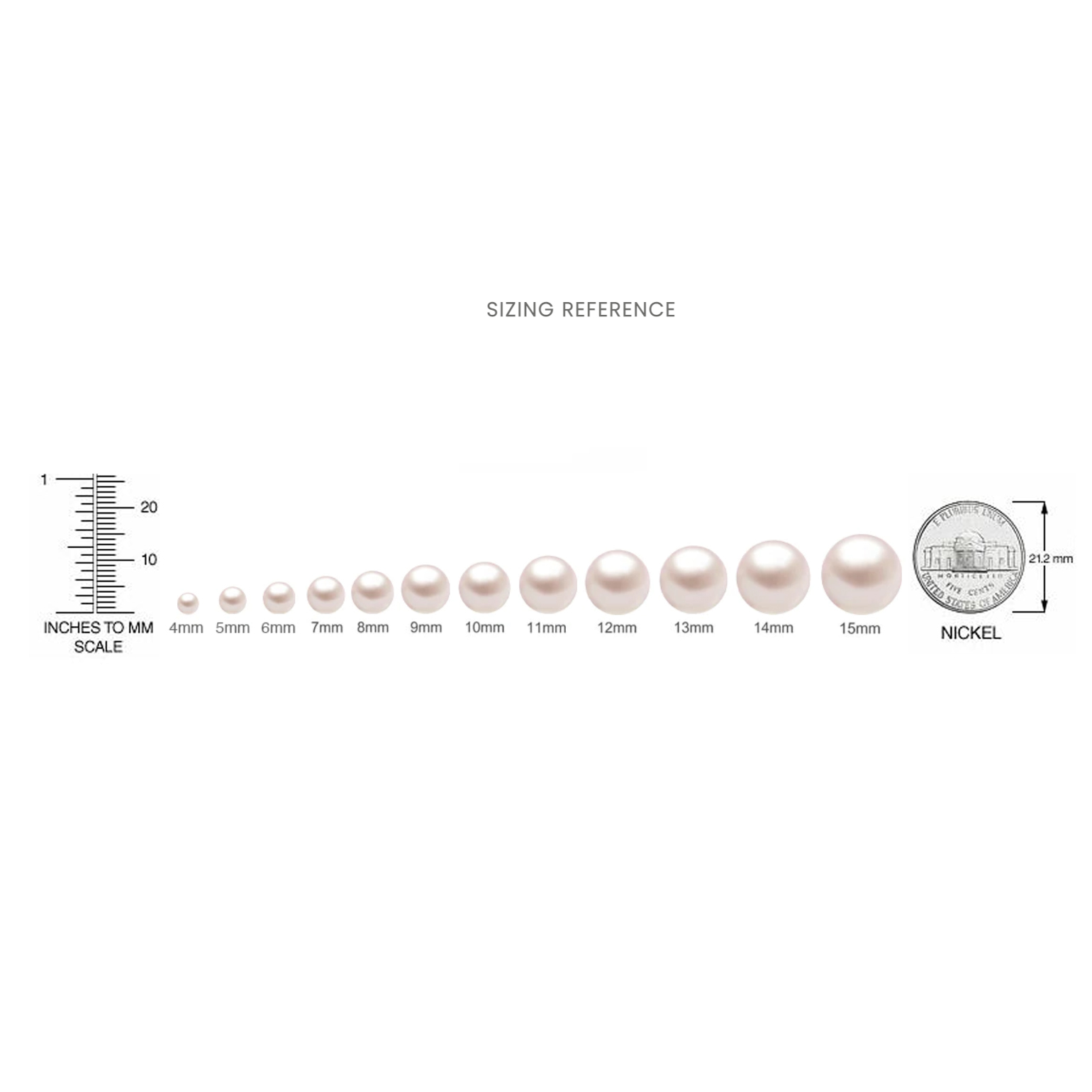
First of all, it must be the size. The bigger it is, the more expensive it is. Everyone knows this.
But for different varieties of pearls, their size standards are different.
For example, Akoya, its mother, Pinctada martensi, is petite, so the pearls it produces are considered large if they exceed 8mm. For Tahiti, Australian white, and Nanyang gold, their size must exceed 15mm to be considered large. of.
The second factor is the shape. The rounder it is, the more expensive it is. Pearls are divided into perfect round, nearly round, and special-shaped pearls according to their shape. Water drop, Baroque pearls, Kexu, thread, and steamed bun pearls are all special-shaped pearls.
The third factor is gloss, the brighter it is, the more expensive it is. Pearls with strong luster are like small mirrors. When you observe your reflection, the clearer it is, the better the luster is. There is a rumor circulating in the market that the thicker the bead layer, the stronger the gloss. This is a myth. There is no necessary connection between the bead layer thickness and gloss. The thicker the bead layer, the better the gloss, but the better the durability.
The fourth factor is surface finish, that is, defects. The fewer defects, the more expensive it is. There is a saying that a flawless pearl cannot be a pearl. The flaws of a pearl include pits, ridges, wrinkles, peeling, whorls, and chips caused by nature, as well as spots, chips, scratches, and cracks caused by humans.
Finally, the price of pearls is of course related to production. The rarer the more expensive it is is an eternal law. Freshwater pearls are produced in large quantities, especially seedless freshwater pearls. One mussel can produce 10 to 20 pearls, and the price is very cheap. Seawater pearls with a long growth cycle and one shell per bead will be more expensive, while those with small production volumes and pure natural pearls, such as Kongke pearls and Merlot pearls, are even more expensive.
Every pearl has more or less traces of natural growth. When choosing pearls, just choose ones that don’t look obvious if you’re socially distanced. You don’t have to pursue perfection. Pearls are just like our faces, with enlarged pores and blackheads. Those who are born with flawless and good skin are one in a million, and the same goes for pearls.
- How to distinguish true and false pearls?
I often see people on the Internet teaching people to roast with fire, bite with teeth, scrape with a knife, or rub each other to judge the authenticity. Very unreliable! A good pearl, are you willing to let it be artificially damaged?
two simplest methods, one is to observe with the naked eye, and the other is to illuminate with an ultraviolet lamp
Observe with the naked eye to see whether the surface of the pearl is delicate and smooth, whether the hole is dense, whether the boundary between the bead core and the bead layer can be seen in the hole, and whether the color is abnormal.
When exposed to UV light, pearls of different varieties and colors will have different fluorescent reactions. This method can not only distinguish authenticity from fake but also distinguish whether it is dyed or not.
- Is it better to buy seawater pearls or freshwater pearls?
Look at the budget.
If you are just buying it for decoration, or as an entry-level item, just choose freshwater beads. You can get a cheap freshwater bead necklace for two to three hundred. Of course, if you want better quality freshwater, a thousand or so is pretty good.
If you want to invest in a good pair that can be worn for many years, you can choose seawater beads, which will of course be more expensive. It ranges from several thousand to tens of thousands of yuan.

- What size of pearl necklace should I choose?
The larger the pearl, the more elegant and noble it is, while the smaller the pearl, the fresher and more fashionable it is.
Beads of 8mm-9mm are very versatile, with a little retro touch without being too exaggerated, and not easy to make mistakes.
Those below 5mm are very suitable for stacking with other necklaces, and there is almost no choice of matching. They can be matched with gold and silver.
As for how long a pearl necklace should be?
For thin pearl necklaces less than 5mm, you can choose a shorter one. For flowers with a diameter of more than 6mm, the length should not be shorter than 40cm. But it is best not to be longer than 42cm because if it is too short, it will make the neck look thicker, while if it is too long, it will look old-fashioned.
- How to choose pearl earrings?
Choose according to the size of your earlobes: Choose small pearls for small earlobes, and choose large pearls for earlobes.
Choose according to style: If you want aura, choose small pearls below 7mm; if you want aura, choose large pearls above 12mm.
Choose according to the occasion: wear pearls below 10mm for daily commuting, and wear large pearls above 12mm for important occasions.
PS: If the pearl point is large, you will feel the weight on the upper ear.
- Pearl maintenance
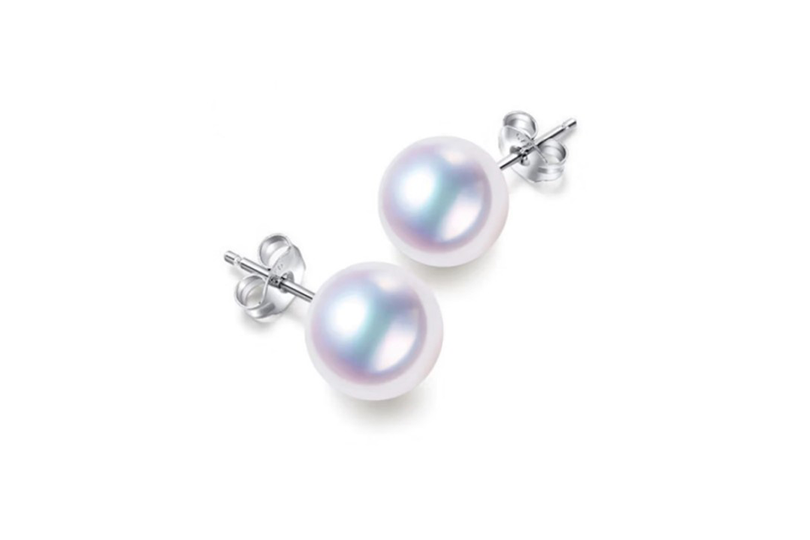
Compared with other gemstones, pearls have a very low hardness, only 2.5-4.5. What concept? The hardness of diamonds is 10 and the hardness of nails is 2.5. In other words, pearls are only slightly harder than our nails. Therefore, when storing, try to store it separately, and be sure to avoid placing it with hard objects such as metal.
When purchasing pearl jewelry, you can buy fewer rings, because bumps and bumps are inevitable when worn on your hands, and they are prone to scratches and scratches. You can buy more earrings and necklaces, which are less likely to be bumped.
Secondly, the main component of pearls is calcium carbonate, so avoid contact with acid and alkali substances, such as lemon, vinegar, perfume, etc.
Do not wear pearl jewelry when bathing or swimming. After wearing it, dip a fine flannel cloth in clean water and wipe it gently, wait for it to dry naturally, and then store it in a flannel cloth to avoid light. Never expose the pearls to the sun, as it will turn the pearls yellow.
After reading this article, do you have a “knowledge” of the various varieties of pearls and how to choose the pearls that suit you?
9.0-10.0mm AAA 16/18 inch Quality Round Freshwater Pearl Necklace Choker
$559.00 – $628.00
9% Off
8.5-9.0mm AAA 16/18 inch Quality Round Freshwater Pearl Necklace Choker
$229.00 – $239.00
18% Off
8.0-8.5mm AAA 16/18 inch Quality Round Freshwater Pearl Necklace Choker
$179.00 – $189.00
25% Off
7.5-8.0mm AAA Quality 16/18 inch Round Freshwater Pearl Necklace Choker
$159.00 – $169.00
23% Off

